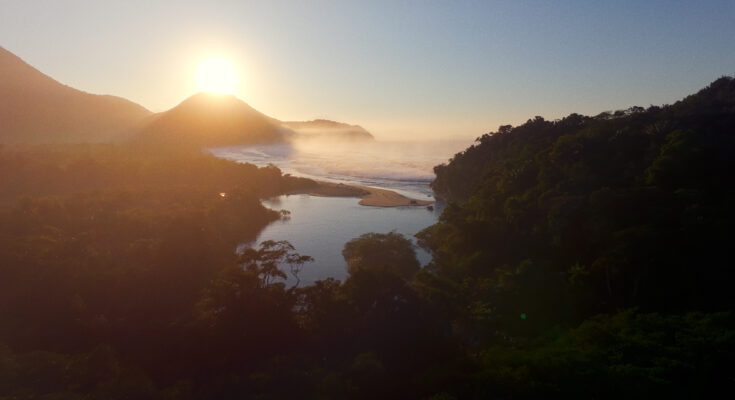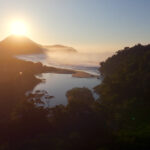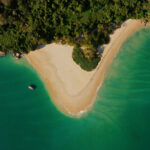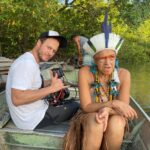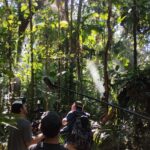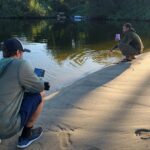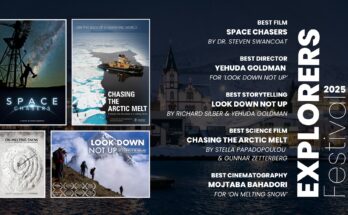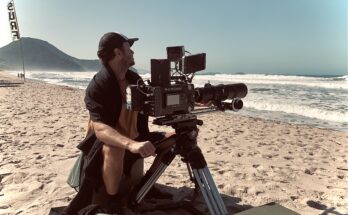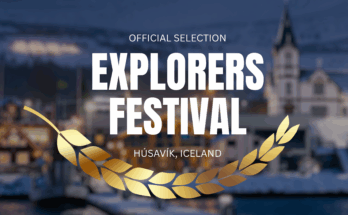In the lush, humid heart of Brazil’s Atlantic Forest, the rhythm of life moves at a different pace. Mist rises from the canopy as waves crash in the distance; birds call unseen from the branches. It is here, on the northern coast of São Paulo state, that filmmaker Pedro Ciampolini set out to rediscover something humanity has slowly forgotten, our belonging to nature.
His film Kaeté, which screens at the Húsavík Explorers Festival on Saturday, November 15, is more than a documentary. It is a sensory meditation on connection, a cinematic offering to the ancient bond between human beings and the living world. Through the stories of three men, each attuned to a different element, Ciampolini evokes a harmony that feels both eternal and urgently needed.
René Santos, an ornithologist and birdwatcher, follows the fleeting shadow of the Calyptura cristata, a small bird thought to have vanished two centuries ago. Weslley Dantas, professional surfer and Brazilian champion, rides the restless waters of Itamambuca beach, his body moving as if guided by the tides themselves. And Bruno Sales, a bamboo craftsman, shapes earth into shelter, his hands translating a philosophy of sustainability into tangible form. Over them all presides the voice of Indigenous elder Yakuy Tupinambá, whose teachings remind viewers that the forest is not a backdrop but a breathing relative.
For Ciampolini, who has spent more than two decades behind the camera, Kaeté is the culmination of years spent observing the natural world through others’ lenses. “I wanted to explore our modern disconnection from nature,” he says. “We live surrounded by concrete and consume what is processed. We’ve replaced the sacred with the manufactured. But we are not separate from nature, we are part of it, traveling through space together.”
The film’s quiet power lies in its patience. Long, unhurried takes linger on texture, the shimmer of light through leaves, the curve of a breaking wave, the grain of bamboo splitting under a blade. Each frame carries the reverence of someone rediscovering an old language. “When I saw how effortlessly the film’s subjects interacted with their environment,” Ciampolini recalls, “I realized that exploration isn’t about conquering. It’s a dialogue. It’s listening.”
That sense of listening pervades Kaeté. Sound becomes a kind of prayer, the sigh of the forest, the whisper of water on stone, the slow exhale of a surfer after surfacing. The effect is hypnotic, almost spiritual. It is a reminder that reconnection with nature is not nostalgia but necessity.
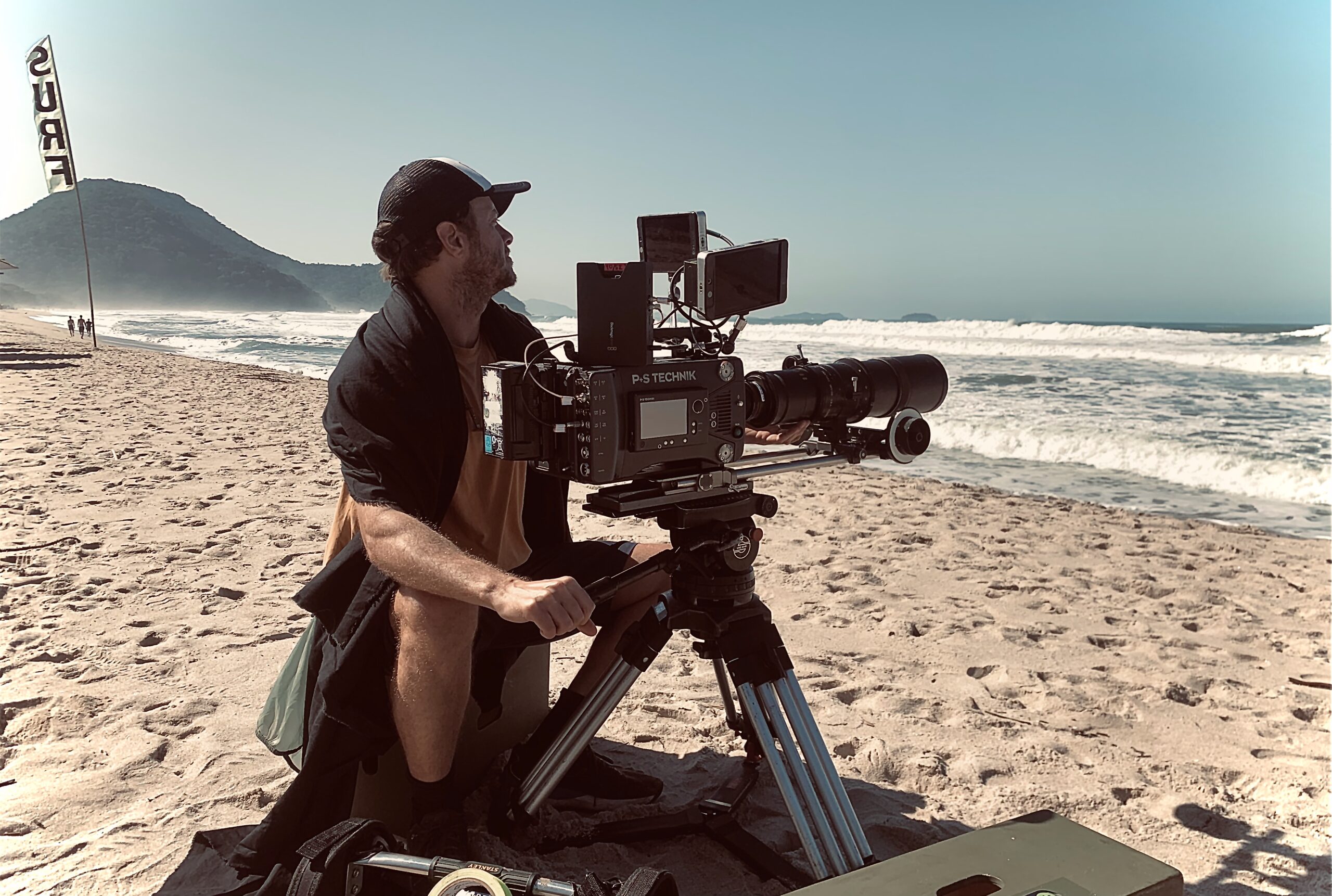
Ciampolini, who has worked on films from independent American features to Bollywood productions, speaks of Kaeté with the humility of someone who knows the camera can both reveal and distort. “The beauty of the Atlantic Forest is immense,” he says. “But its fragility is equally immense. This film is a celebration, but it is also a warning. If we forget our place in this system, we may lose it, and ourselves, with it.”
As the Húsavík audience settles into their seats, far from the tropics but not from the spirit of exploration, Kaeté will unfold like a poem, one that asks not to be analyzed, but felt.
Ciampolini is already at work on his next journey: a film tracing the life of a Japanese artist who relocated to Brazil in the 1960s. “It’s another story about belonging,” he says. “About how we root ourselves in unfamiliar soil and what we create from that encounter.”
In Kaeté, that encounter is between humanity and the Earth itself, and it reminds us that every act of creation is also, in its way, an act of remembering.

